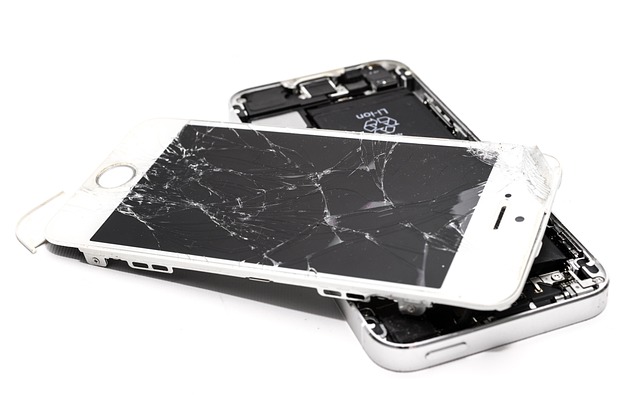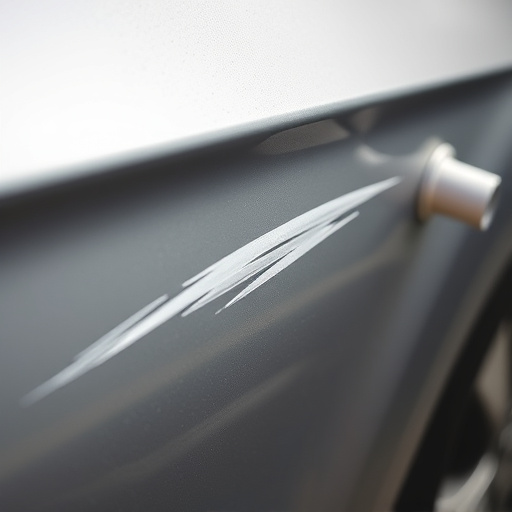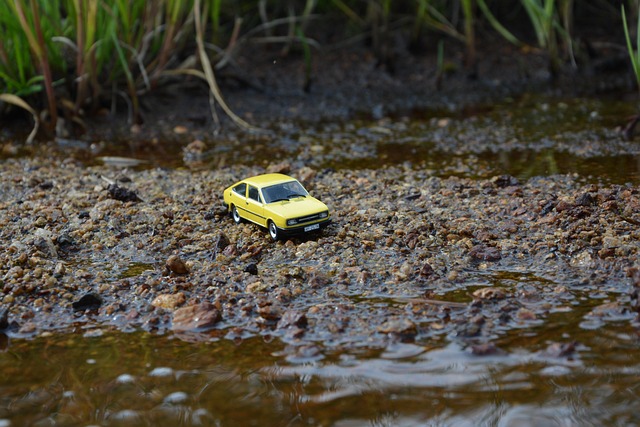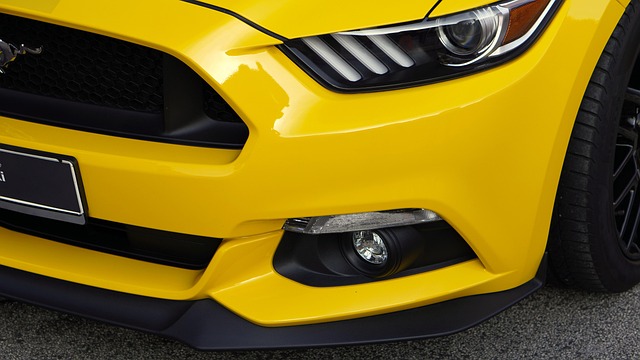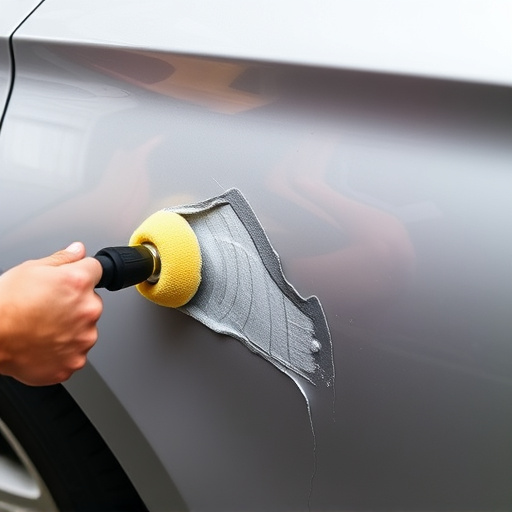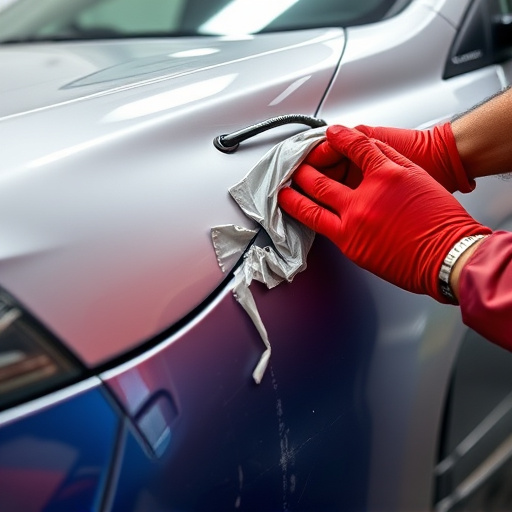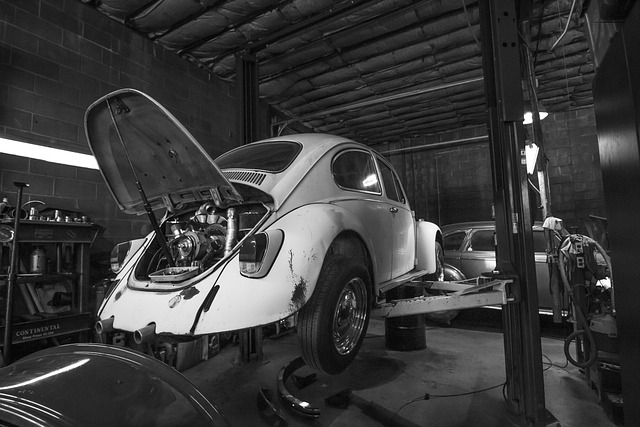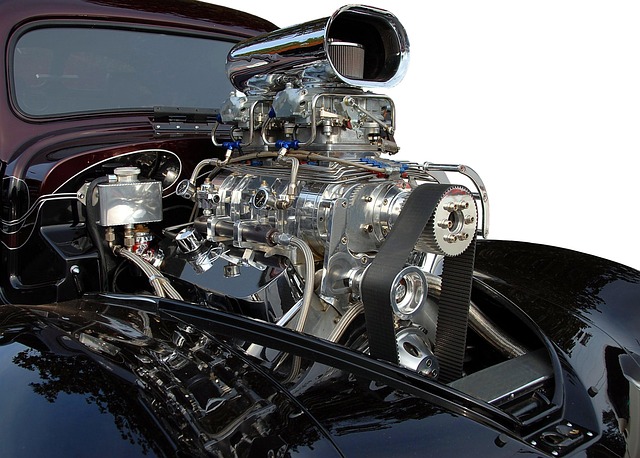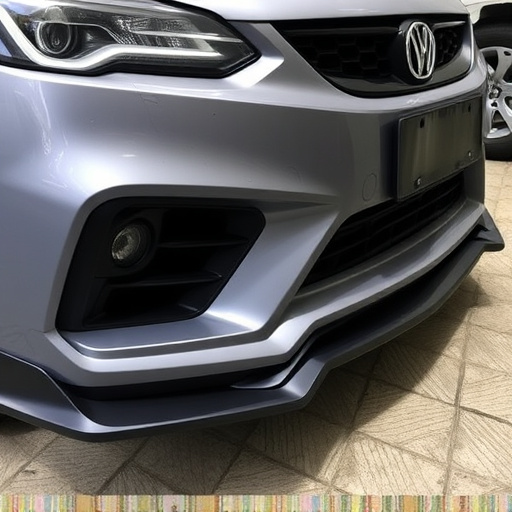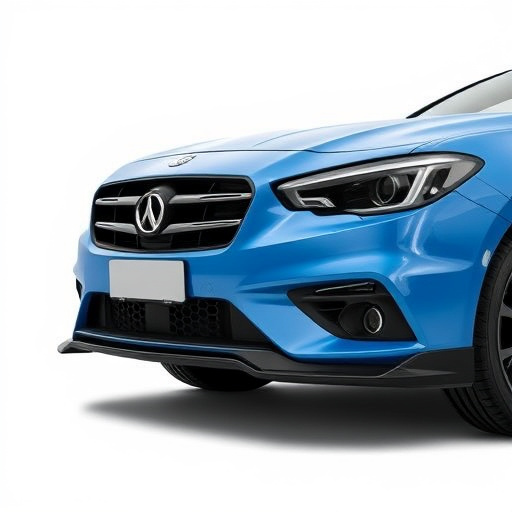Automotive paint serves as a protective layer against elements like sunlight, rain, and pollution, preserving your car's exterior and resale value. Different types offer varied benefits, from high-gloss finishes (e.g., Base Coat Clear Coat) to chip-resistant coatings (like ceramic coatings), depending on driving habits, parking environment, and desired aesthetics. Understanding these options empowers new car owners to make informed decisions about upkeep and collision repair services.
New car owners often find themselves overwhelmed by the variety of automotive paint options available. This guide breaks down the essentials on automotive paint types, offering a comprehensive overview for informed decisions. From understanding the basic components of car paint to exploring common varieties and their unique characteristics, this article equips new owners with knowledge. Learn how to choose the right paint for your vehicle, ensuring longevity, durability, and a flawless finish that reflects your style.
- Understanding Automotive Paint: The Basics
- Common Types of Car Paint and Their Characteristics
- Choosing the Right Paint for Your New Vehicle
Understanding Automotive Paint: The Basics
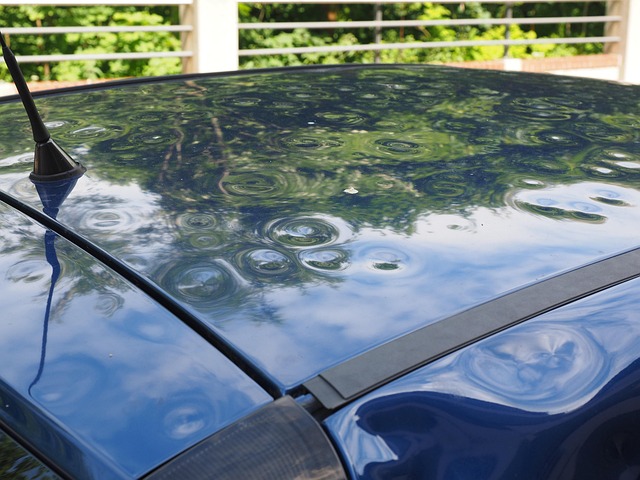
Automotive paint is a complex yet essential component of your vehicle’s exterior. At its core, it serves as a protective layer, shielding the car’s metal surface from elements like sunlight, rain, and pollution. This barrier prevents corrosion and maintains the car’s structural integrity, ensuring it looks as good as new for years to come.
Paint is composed of several key ingredients: pigments for color, binders that hold the mixture together, solvents for consistency, and additives for specific properties like shine or durability. Different automotive paint types offer various advantages, from high-gloss finishes to chip-resistant coatings. Understanding these variations, especially when considering a visit to a collision repair shop for car damage repair or paintless dent repair, can empower new car owners to make informed decisions about their vehicle’s upkeep and preservation.
Common Types of Car Paint and Their Characteristics
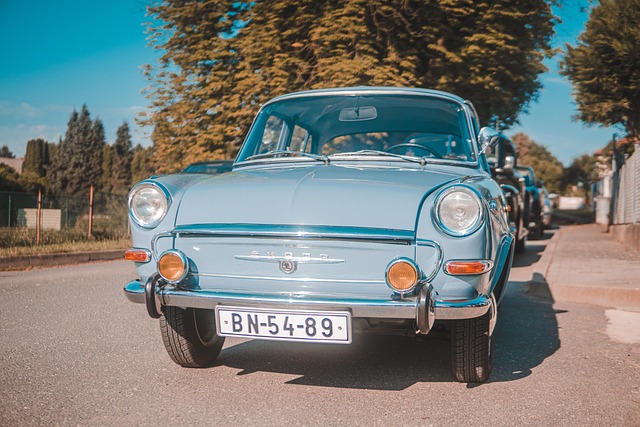
In the realm of automotive paint types, several options are available for new car owners, each with unique characteristics and benefits. The most common types include base coat clear coat (BCC), which offers superior durability and resistance to fading, making it a popular choice among car enthusiasts. This multi-layer system consists of a base coat that provides colour and a clear topcoat that protects the paint from environmental factors like UV rays and bird droppings.
Another prevalent option is metallic paint, known for its shimmering and glossy finish. These paints contain tiny particles that reflect light, creating a distinctive look. However, metallic finishes are more susceptible to scratches and swirls compared to traditional BCC paint. For those seeking a durable and cost-effective solution, solid or matte paint is an excellent choice. Unlike metallic, solid paint does not have a reflective component, offering a flat finish that is easier to maintain and less prone to showing minor imperfections from auto dent repair or car collision repair services. Car repair services often recommend solid paint for its longevity and ease of upkeep.
Choosing the Right Paint for Your New Vehicle

Choosing the right paint for your new vehicle is a crucial step in maintaining its aesthetic appeal and resale value. Different automotive paint types offer varying levels of durability, shine, and protection against elements like UV rays and harsh weather conditions. For instance, base coat clear paint provides superior resistance to fading and chipping, making it ideal for outdoor vehicles exposed to constant sun and rain.
When considering automotive paint types, think about your driving habits and the environment where you park your car. If you frequently drive in areas with high pollution levels or frequent car collisions, a more robust paint job like ceramic coating might be worth exploring. Unlike traditional paints, ceramic coatings offer added protection against scratches, stains, and even minor car damage repair, extending the life of your vehicle’s finish. This is especially beneficial for those invested in vehicle restoration projects, aiming to preserve the original look and feel of their cars.
When it comes to protecting and enhancing your new car, understanding automotive paint types is key. By grasping the basics of car paint and its various characteristics, you can make an informed decision when choosing the right finish for your vehicle. Whether it’s a glossy, satin, or matte finish, each type offers unique benefits in terms of durability, appearance, and maintenance. With this knowledge in hand, you’re equipped to select the ideal automotive paint that not only suits your aesthetic preferences but also guarantees long-lasting protection against the elements.
